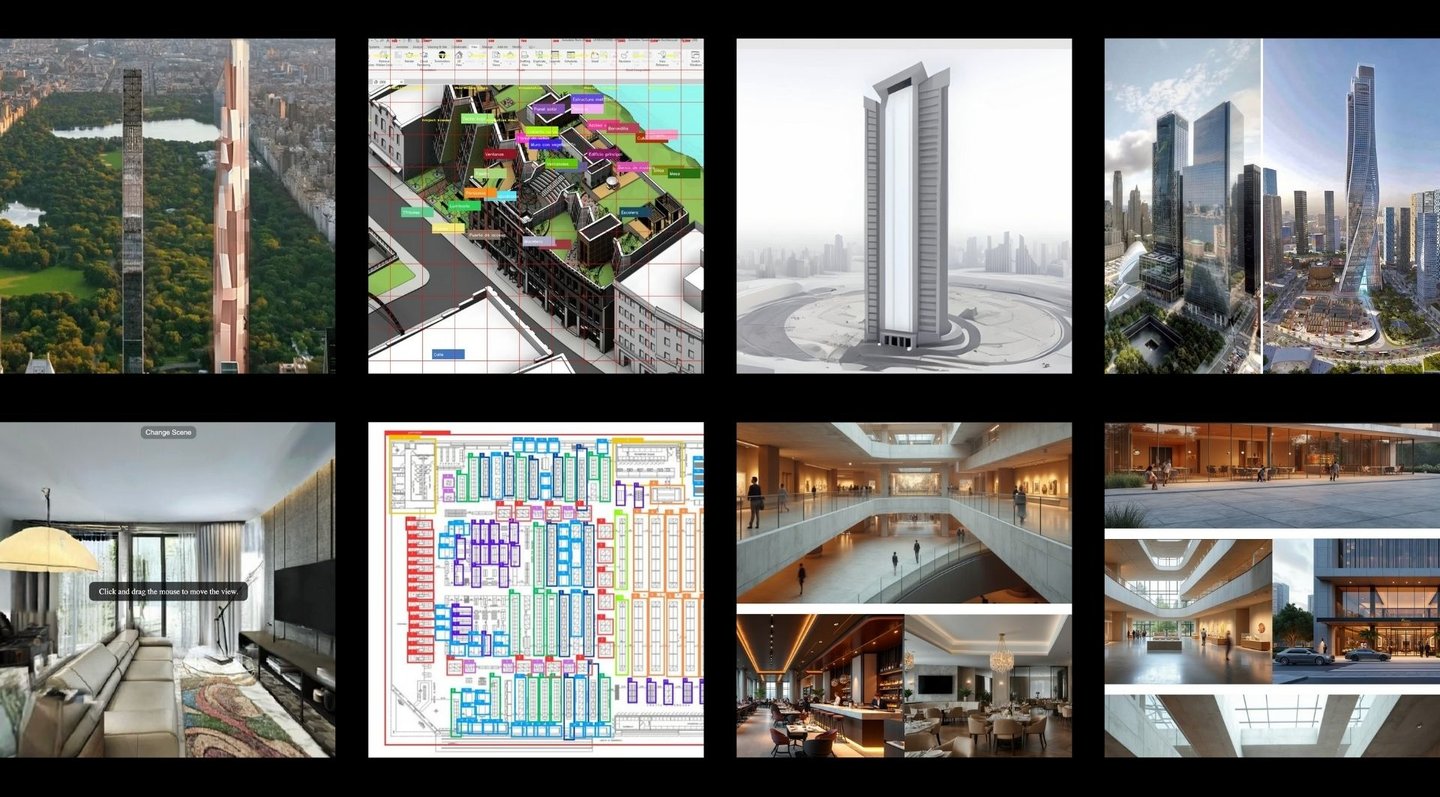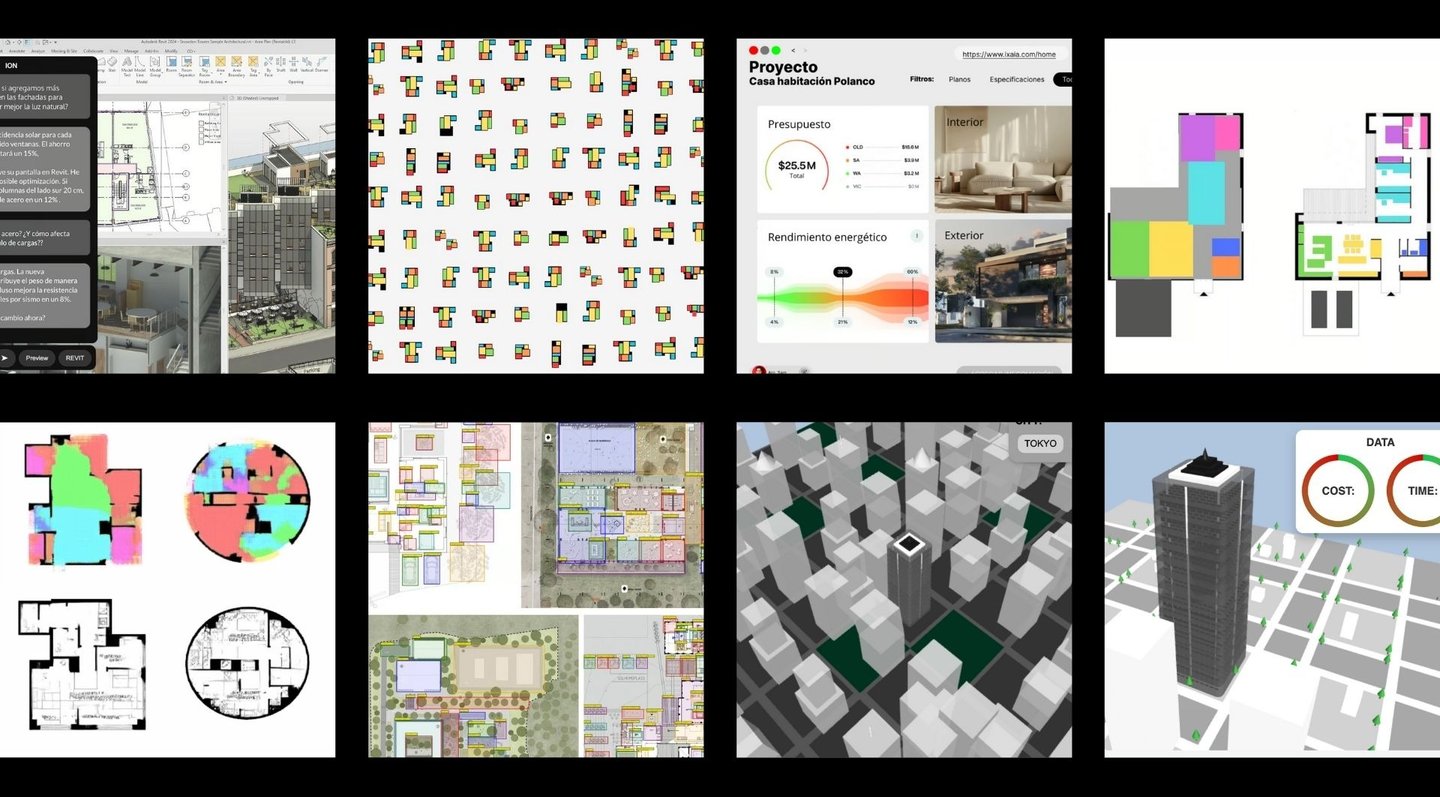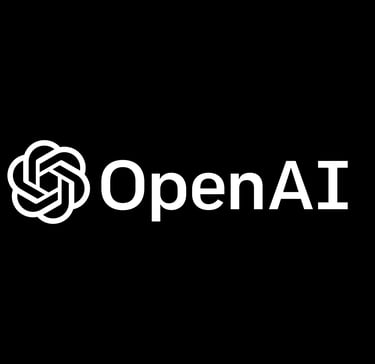A G I A
Architecture General Intelligent Assistant
Introducing
AIGA, or Artificial Intelligence Generalized Architecture, is a concept that emerged within our laboratory.
We believe that in the not-too-distant future, a specialized system will be created capable of designing and executing entire architectural projects autonomously, without human intervention.
And that in the future, the integration of fintech innovations will facilitate financing and administration, connecting money with developers in an intelligent ecosystem.
This system does not seek to replace the architect, but rather to empower them. We firmly believe that architecture without humans does not exist.
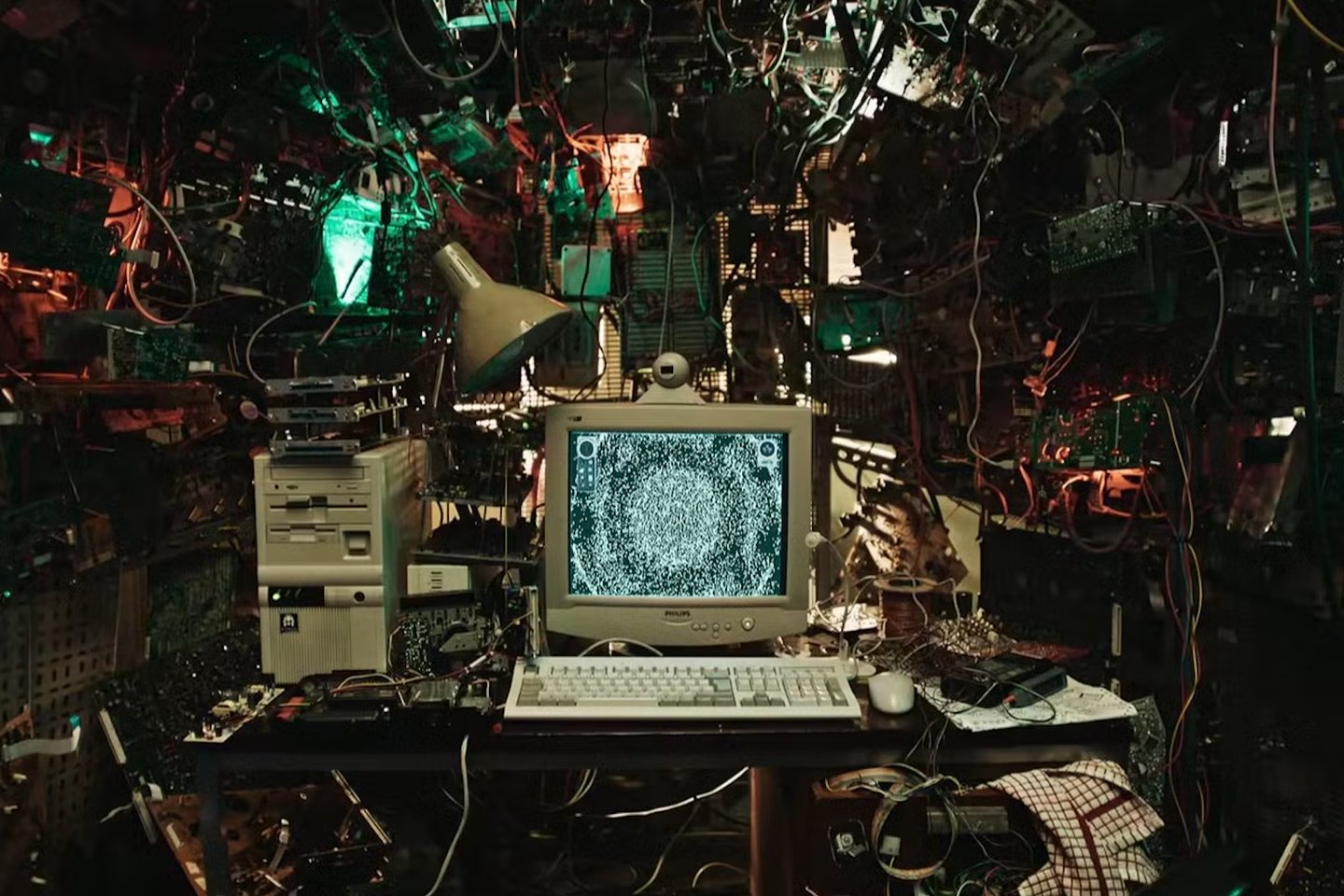

R E S E A R C H
At the core of IXA IA is our R&D lab, relentlessly exploring the intersection of AI and architecture. Each week, we publish intelligence briefings on our latest experiments and breakthroughs. Witness the bleeding-edge of the industry.
Access our research feed below.
T E A M
Oscar Guerra (CTO) — Master’s degree, Civil Engineer, Revit-Dynamo Expert
Led his own consultancy executing government projects in Revit and Dynamo, with investment over $10M USD.
10+ years specialized in BIM and Dynamo.
Master-level Dynamo professor in various universities.
Expert in MCP integration and API development for advanced automation in Revit, with mastery in PyRevit, Dynamo, and C# applied to intelligent BIM workflows.
Irving Resendiz (CEO) — Architect, AI Developer
Project architect in Revit at a real estate developer with projects exceeding $1B USD.
Founded and sold an AI rendering startup: 3,500 users in 65 countries in the first month.
Expert in AI architecture design and deployment, LLM/RAG integration and orchestration, model training.
Background:
Three years ago at an AEC hackathon, we discovered we faced the same problem: as an architect-engineer team, 70% of our time went into manual tasks behind Revit. We realized we could solve it.
We set an ambitious vision and we’re building it: the first 100% autonomous architect — an AI that designs, models, analyzes, and documents entire buildings without human intervention, only from text. We believe in a new market category: “architecture-in-one-click,” which will democratize, reduce costs, and accelerate global construction.

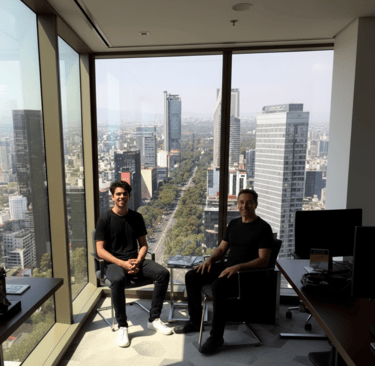
D E M O
We created this demo video, where we see how ATENEA will, in the future, be a companion for architects in all areas, from planning, design, and automation.
This video is a demo, where, on our roadmap, we see ATENEA doing just that in the coming months.

Why?
The architecture industry has undergone a significant transformation with the integration of advanced technologies, beginning with the advent of Computer-Aided Design (CAD). CAD marked a revolutionary era, allowing architects and designers to produce drawings with unprecedented accuracy and speed.
Subsequently, the implementation of Building Information Modeling (BIM) deepened these capabilities, facilitating a more holistic approach that includes everything from visualization to project management, structural analysis, and building performance simulation.
However, despite these advancements, the construction industry (where the architecture industry is located), which represents approximately 14% of global GDP, only receives 1.06% of total venture capital funding, according to the Cemex Ventures 2024 report. This imbalance highlights a tremendous opportunity for investment and innovation, especially with the arrival of emerging technologies such as artificial intelligence (AI).
AI is emerging as the next major advancement in the technological evolution of architecture. Its ability to process and learn from large volumes of data allows for the optimization of design processes, from initial conception to project execution.
"In search of the creation of spaces that humankind could never have imagined"



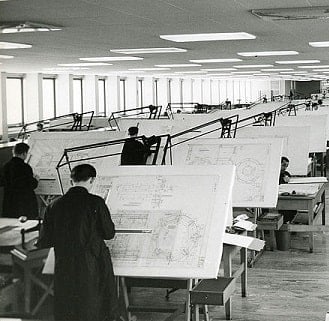
*First uses of Autocad, architects before Autocad.
Quantum computing at IXA IA.
In AI's foray into architecture, quantum computing frequently comes up for its power to evaluate thousands of design possibilities.
At IXA IA, we've closely followed this topic to streamline decision-making in complex projects.
For example, we conducted a practical exercise to determine the best column layout in a multi-family building, considering factors such as structural stability, natural lighting, and cost optimization.
Initially, we used a quantum simulator to map the different options into a circuit, assigning weights to each constraint.
We then ran the experiment on a real quantum computer through Amazon Braket, using the IonQ QPU, an 11-qubit universal system based on trapped ions.
By processing multiple parameter combinations, we found that the most efficient layout reduced costs by 15% and improved the incidence of natural light by 20%.
This approach confirms the great potential of quantum computing in architecture.
"The architects of tomorrow will not only draw, they will explore infinite versions of the same space in parallel."

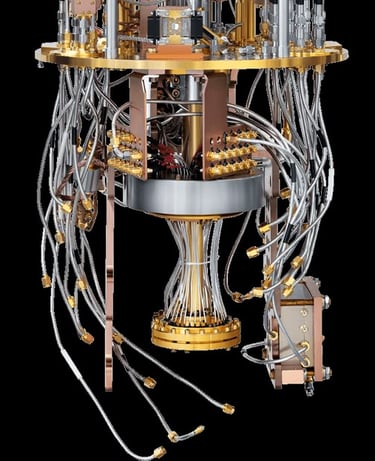
V I S I O N
We will be part of the process of every new building constructed in the future. We believe that IXA AI will transform global architecture. With technology, we will create spaces that improve the quality of life for residents and boost economic growth. Redefining the future of cities around the world.
U N I V E R S I T I E S
At IXA IA, we offer a strategic alliance that revolutionizes the way academia connects with technological innovation in architecture.
We understand that prestigious universities seek opportunities to enhance the training and experience of their students and faculty.
Therefore, we propose a collaboration model that integrates applied research, co-authorship of publications, and the joint development of disruptive prototypes.
Through our projects, students will be able to actively participate in real-world challenges, exploring solutions based on artificial intelligence.
This practical approach complements the theory taught in the classroom and enriches the professional profile of future architects.
In addition, we organize seminars, workshops, and innovation events where knowledge is transferred between industry experts and the academic community.
With IXA IA, the university positions itself at the forefront of technological development in architecture, opening new lines of research and fostering multidisciplinary exchange.
We are committed to being a bridge between academia and the market, facilitating access to resources, funding, and collaborations that drive high-impact projects.
"The next generation of architects."
Validated by Thousands.
Focused on You.
More than 4,000 architectural professionals in 65 countries have already trusted our AI capabilities.
Now, that capability is dedicated exclusively to solving your challenges within Revit.
Validated by industry, powered by the best technology.Our achievements include magazines we've been featured in, events, offices, universities, and places we've been invited to. Karla Berman is our angel investor at Shark Tank. We work with the largest pharmaceutical conglomerate in Latin America.


+6 5 C O N T R I E S
+4, 0 0 0 S I G N A T U R E S
A R C H I T E C T U R A
20 Manhattan Ave,
New York, NY 10025, EE.UU
irving@ixaia.com



